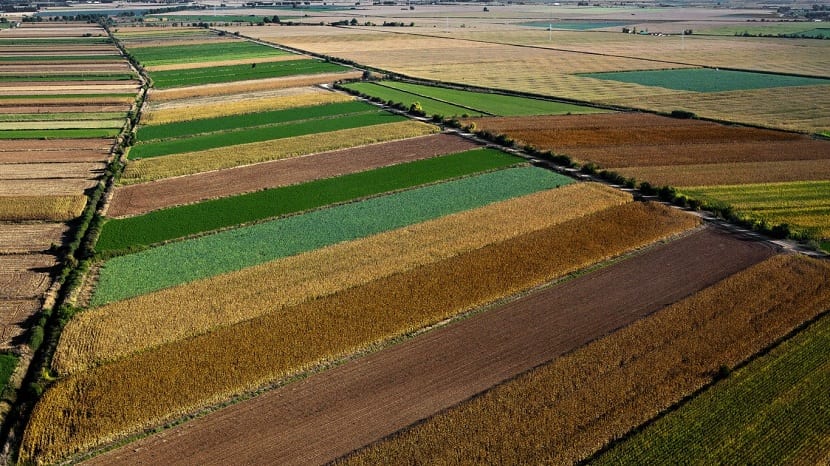
On our planet there are many types of ecosystems whose intrinsic characteristics depend on the type of soil, the climate, the environmental conditions of each moment, etc. The type of soil we see in each part of the world depends on five soil-forming factors: the climate, the bedrock, the relief, the weather and the organisms that live in it.
In this post we are going to see the different types of soil that exist and the characteristics of each one. Do you want to know about the types of soils that exist?
Soil definition and components

The soil is the superficial part of the earth's crust, biologically active, that comes from the disintegration or physical and chemical alteration of the rocks and the residues of the activities of living beings that settle on it.
As mentioned before, in each area of the world there is a different type of soil. This occurs because the soil-forming factors change throughout the space. For example, the climate is not the same all over the planet, nor is the relief, nor the organisms that live in it, etc. Therefore, soils change their structures slowly and gradually as we move through different ecosystems.
The soil is made up of various components such as rocks, sand, clay, humus (decomposing organic matter), minerals and other elements in different proportions. We can classify the components of the soil in:
- Inorganiclike sand, clay, water, and air; and
- Organic, such as the remains of plants and animals.
Humus is all the decomposing organic material that makes soils fertile. From drying leaves to insect corpses, they are part of the soil humus. This is concentrated in the upper layers and, together with some minerals, it turns a yellowish-black color, conferring a high degree of fertility.
Soil characteristics
Soils are differentiated by their physical, chemical and biological properties.
Physical characteristics

- The texture It is the one that determines the proportion in which the mineral particles of different sizes that are present in the soil are found.
- The structure it is the way in which soil particles come together to form aggregates.
- The density influences the distribution of vegetation. Dense soils are capable of supporting more vegetation.
- Temperature it also influences the distribution of vegetation, especially at altitude.
- Color it depends on its components and varies with the amount of moisture present in the soil.
Chemical characteristics

- Exchange capacity: It is the ability of the soil to be able to exchange clay and humus, transferring nutrients to plants through the capture of mineral particles.
- Fertility: It is the amount of nutrients that are available to plants.
- pH: the acidity, neutrality or alkalinity of the soil. Then later we will see how to change the pH levels of a soil.
Biological characteristics
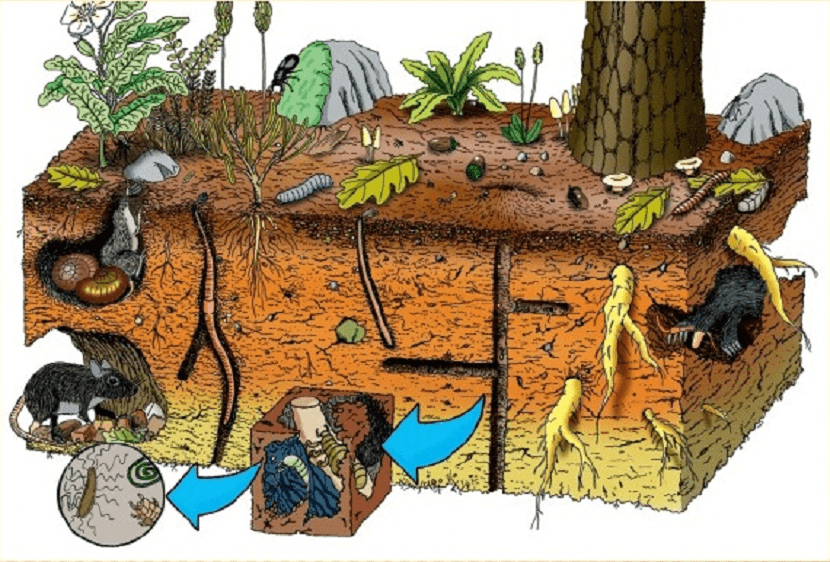
Here we find the species of organisms that live in it, both animals, such as bacteria, fungi, etc. Animals also exert their function on the ground, depending on their diet, their activity, their size, etc.
Types of soil
The type of rock through which the soil originated, the topographic characteristics of the area, the climate, the weather and the living organisms that inhabit it are the five main factors that determine the types of soils.
Based on these soil-forming factors, we have these types of soil distributed all over the world:
Sandy soils
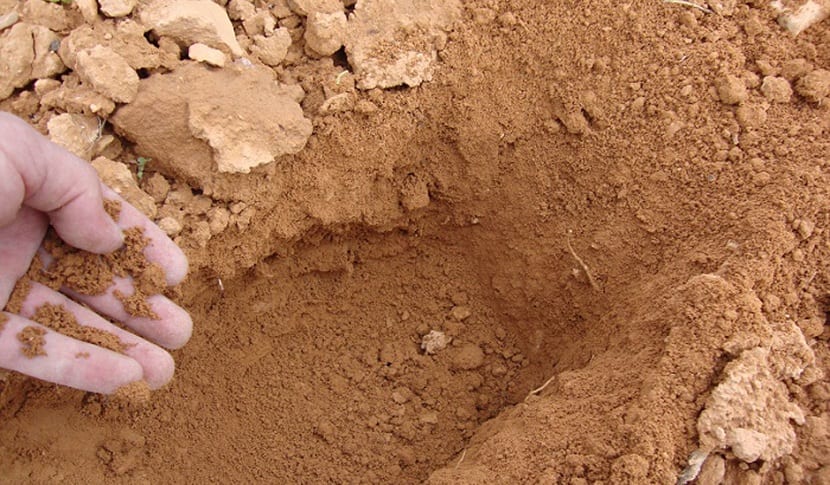
Sandy soils are formed, as the name suggests, mostly sand. This type of structure, given its high porosity and low aggregation, does not retain water, making its amount of organic matter low. Therefore, this soil is poor and not suitable for sowing in it.
Limestone soils

These soils have a large amount of calcareous salts. They are usually white, dry and arid. The type of rock that is abundant in these soils is limestone. Being so hard it does not allow agriculture, since the plants cannot absorb nutrients well.
Humid soils
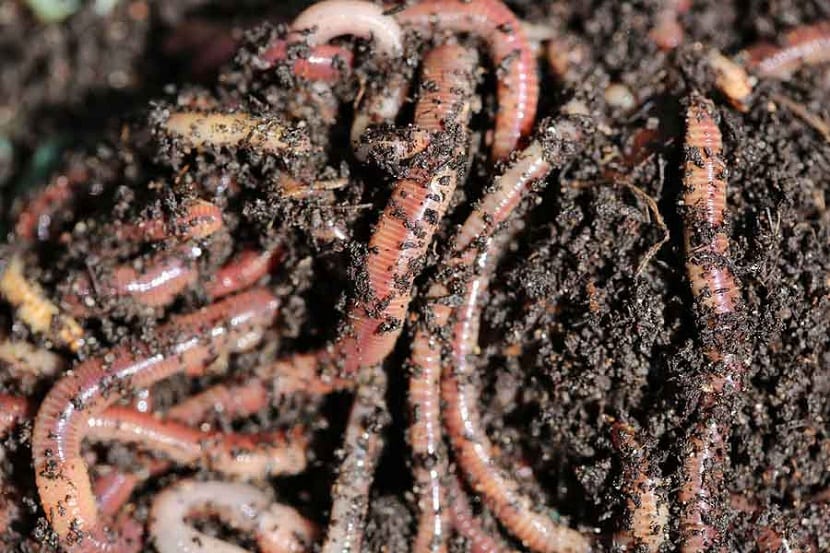
These soils are also called black earth because, being rich in decomposing organic matter, it stains the soil black. It is dark in color, retains large amounts of water, and is excellent for agriculture.
Clay soils
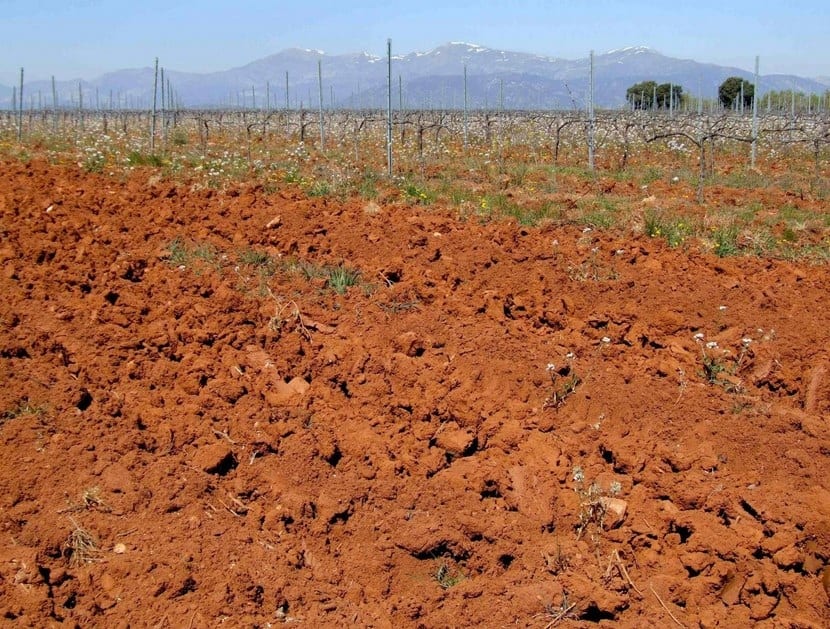
These are made up mostly of clay, fine grains and yellowish in color. This type of soil retains water by forming puddles, and if it is mixed with humus it can be suitable for agriculture.
Stony soils
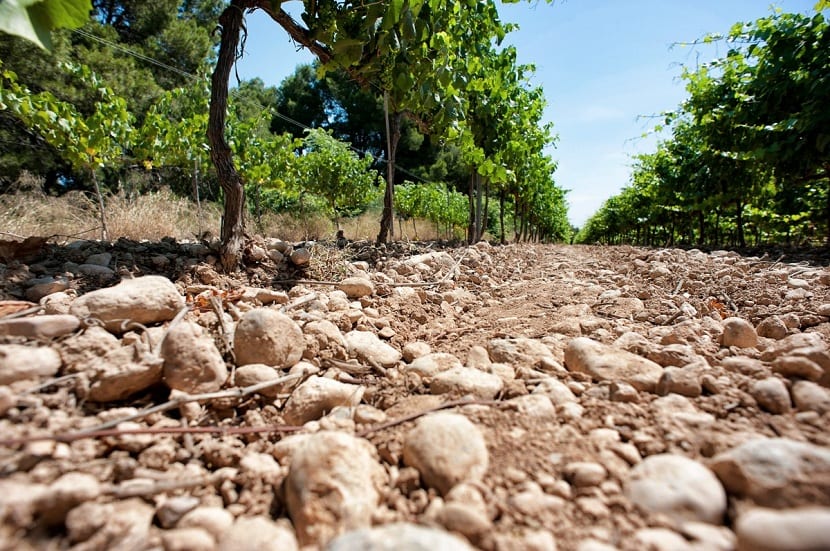
As the name suggests, they are full of rocks and stones of all sizes. As it does not have sufficient porosity or permeability, it does not retain water well. Therefore, it is not suitable for agriculture.
Mixed soils
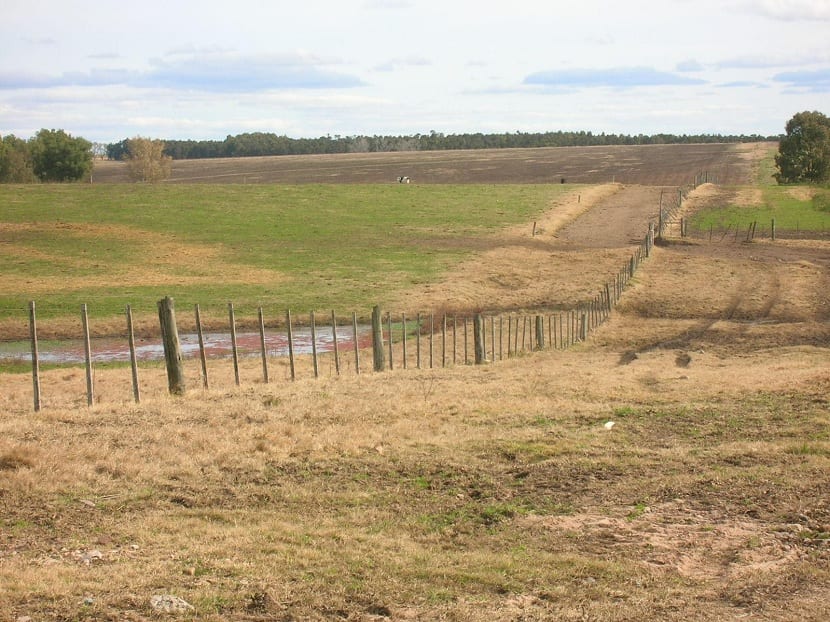
They are those soils that have intermediate characteristics between sandy soils and clay soils, that is, of both types.
How to change the pH of a soil
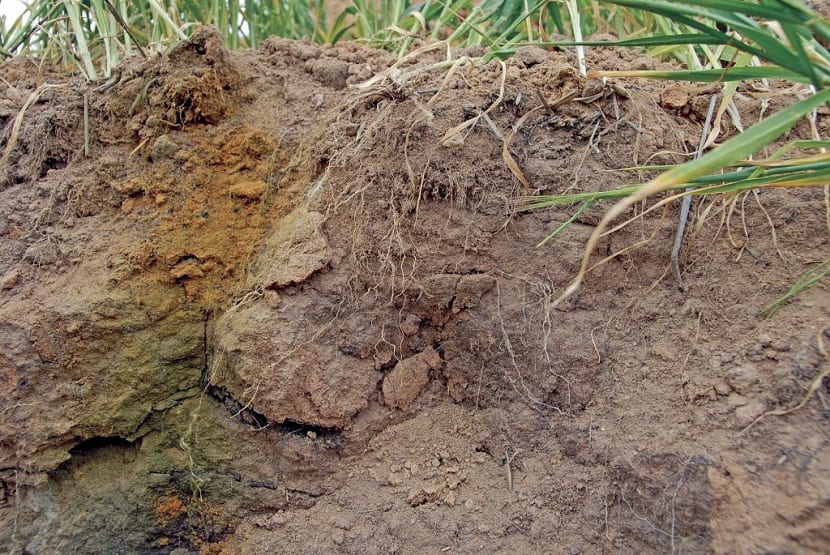
There are times when our soil is too acidic or alkaline and cannot support the vegetation and / or crops that we want to plant well.
When we want to change the pH of the alkaline soil to make it a little more acidic, we can use the following:
- Powdered sulfur: the effect is slow (6 to 8 months), but being very inexpensive it is what is most often used. We have to add 150 to 250g / m2 and mix with the soil, and measure the pH from time to time.
- Iron sulphate: It has a faster effect than sulfur, but it is necessary to measure the pH since we could lower it more than necessary. The dose to lower the pH 1 degree is 4 grams of sulfated iron per liter of water.
- Blond peat: it has a very acidic pH (3.5). We have to put 10.000-30.000kg / ha.
On the other hand, if we want to change the pH of an acidic soil to make it more alkaline, we must use:
- Ground limestone: we have to spread it and mix it with the earth.
- Calcareous water: highly recommended to raise the pH only in small corners.
In either case we have to measure the pH, since if we are growing acidic plants (Japanese maples, camellias, etc.) and we raise the pH to more than 6, they will immediately show symptoms of chlorosis due to the lack of iron, for example.
Importance of soils

Soils are of great importance throughout the world and are also being degraded by the continuous pressure that humans exert on them. It sustains the world's crops, plantations, forests and it is the basis of all terrestrial ecosystems.
In addition, it intervenes in the water cycle and the cycles of the elements. In soils there is a large part of the transformations of energy and matter in ecosystems. It is the place where plants grow and animals move.
The urbanization of cities causes them to lose soil and the continuous forest fires and pollution increasingly degrade them. Since the regeneration of soils is very slow, It should be considered a non-renewable resource and increasingly scarce.
Man obtains from the soil not only most of his food, but also fibers, wood and other raw materials.
Finally they serve, due to the abundance of vegetation, to soften the climate and favor the existence of water currents.
For all this and for more reasons, it is vitally important to learn to value the soil and preserve it.
I want to investigate the types of soils in the municipality of Achaguas, can you help me
Hi Mile.
I'm not sorry. We are in Spain.
Anyway, the article may be of use to you.
A greeting.